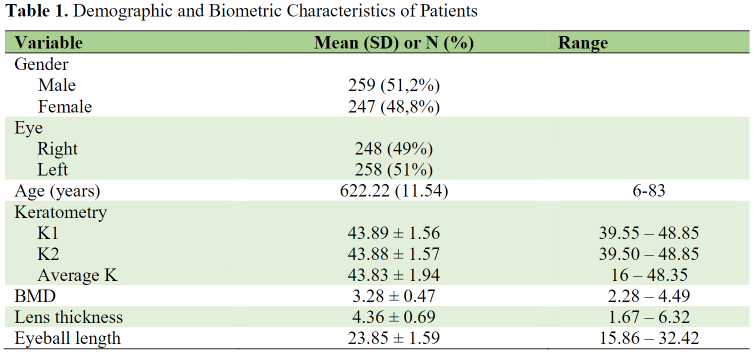CHOPPING METHODS IN APPROACHING HARD CATARACT: OPTIONS AND RECOMMENDATION Oral Presentation - Observational Study - Ophthalmologist
Abstract
Abstract
Introduction & Objectives : Mature cataracts with hard-nuclear and soft-nuclear cataracts were different in their anatomical features and their management approach. Degeneration of zonules, loss of capsule and cortical liquefaction are often found in hard cataracts. Therefore, different approaches are required in this condition. Chopping methods have several advantages in managing the nucleus which plays a major part in cataract surgery. It lessened phaco power which minimized endothelial damage. The risk of intraoperative zonular dehiscence may also be lowered with chopping methods. Several chopping methods are widely accepted in approaching hard cataracts such as vertical chop, horizontal chop, crater and chop, drill and chop, stop and chop, and multilevel chop. Burst mode which requires high vacuum and power to chop and flow rates must be adequately comprehended by the surgeon in achieving the optimal result. This review discussed chopping methods in cataract surgery.
Methods : Several chopping methods are widely accepted in approaching hard cataracts such as vertical chop, horizontal chop, crater and chop, drill and chop, stop and chop, and multilevel chop.
Results : Burst mode which requires high vacuum and power to chop and flow rates must be adequately comprehended by the surgeon in achieving the optimal result.
Conclusion : This review discussed chopping methods in cataract surgery.
Full text article
References
(-)
Authors

This work is licensed under a Creative Commons Attribution-NonCommercial-ShareAlike 4.0 International License.



